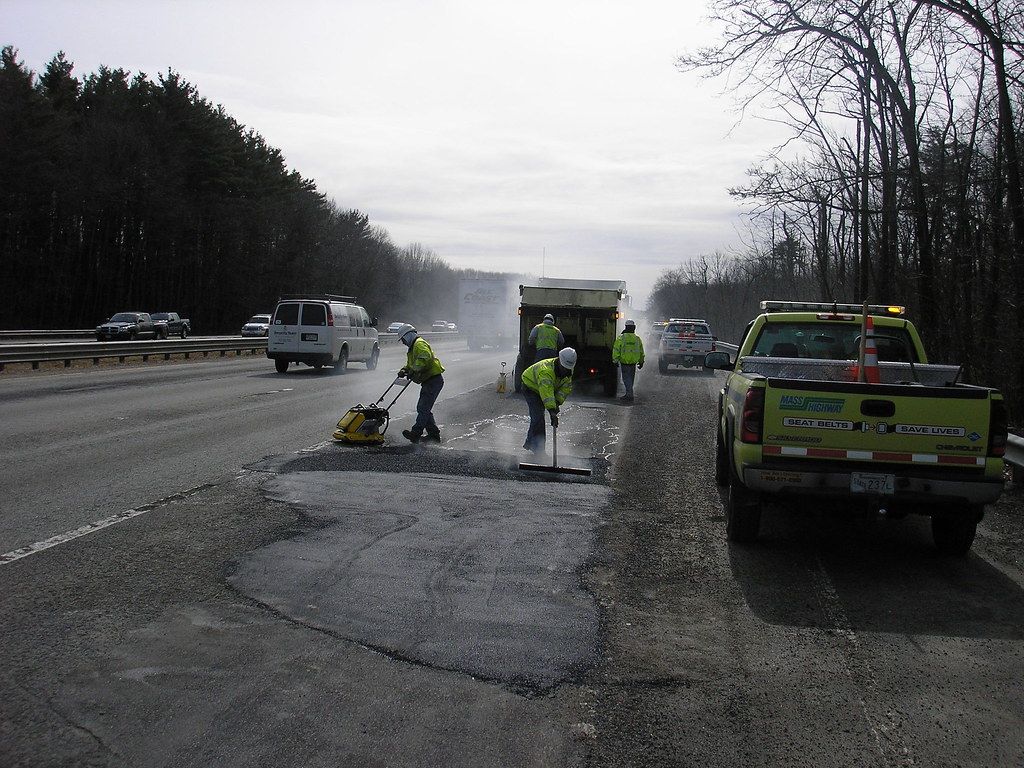
In a world increasingly dominated by digital interactions, where information flashes across screens and physical objects often feel like relics, there’s a distinct and almost primal satisfaction derived from holding a piece of history in your hands. This sentiment mirrors the unexpected joy of receiving a handwritten letter in a mailbox full of junk mail – a tangible connection that an email or text often fails to deliver. For enthusiasts of classic cars, this appreciation for the physical extends directly to original dealer brochures, documents that are far more than mere paper; they are windows into the past, offering a unique glimpse into the automotive world as it once was.
These vintage brochures serve as invaluable time capsules, capturing not only the specifications and features of beloved machines but also the prevailing design aesthetics, marketing strategies, and cultural aspirations of their era. They represent the initial public presentation of a vehicle, often filled with evocative imagery and persuasive text designed to ignite desire in potential buyers. For collectors, restorers, or even casual admirers, unearthing these authentic artifacts is a rewarding pursuit, transforming a simple search into an exciting expedition. The stories of high-value sales and passionate, secretive collectors underscore the deep emotional and historical significance these paper treasures truly hold.
Whether your goal is to complete the documentation for a meticulously restored classic, to simply own a tangible piece of automotive history, or to delve into the captivating narratives behind iconic vehicles, the quest for original dealer brochures is an engaging and often thrilling endeavor. Drawing upon the collective wisdom and experiences of dedicated hobbyists and institutional archives, this article will equip you with practical, actionable strategies. It will guide you through the “simple secrets” to navigating this specialized world, ensuring your treasure hunt for these cherished pieces of automotive heritage is both successful and deeply satisfying.
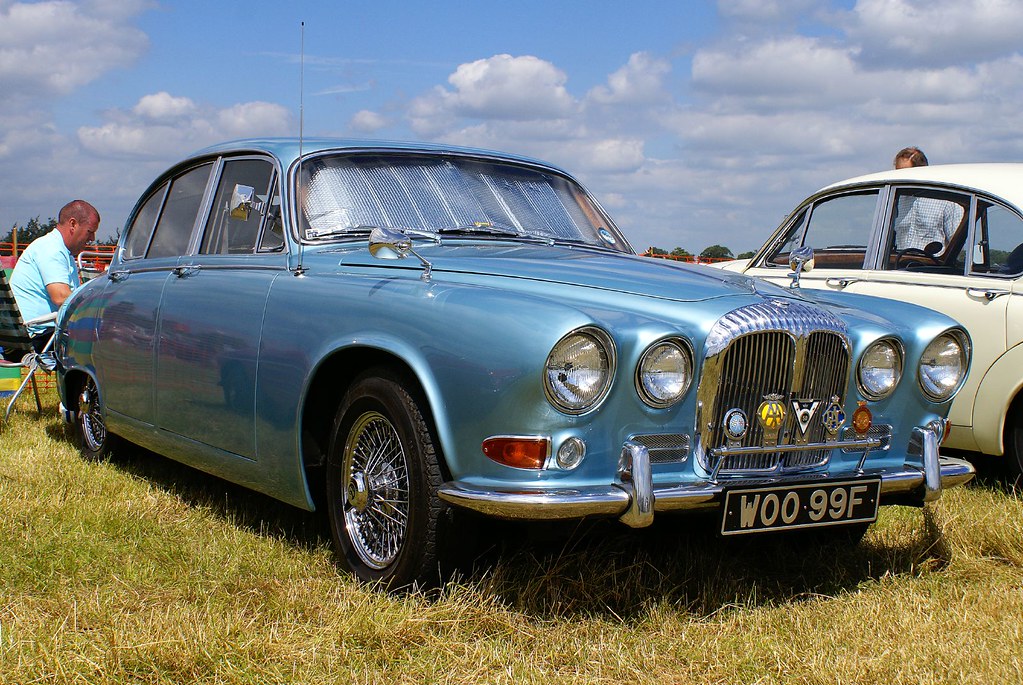
1. **Appreciating the Hidden Value of Paper Gold**
The initial step in becoming a successful classic car brochure collector is to grasp the profound and often surprising value these seemingly unassuming pieces of paper possess. What might appear to the uninitiated as outdated sales material can, in the right context, command significant prices and become the focal point of intense international competition. Consider the astonishing tale from early February 2021, when two “seemingly insignificant sales brochures” for a 1974 Yamaha motorcycle were put up for online auction. The seller, in a clear indication of their unawareness, even uploaded an upside-down picture and offered only a concise description, inadvertently “toss[ing] into the exclusive, even secretive, world of brochure collecting” a veritable “hand grenade.”
These particular brochures, specifically detailing Yamaha’s YZ250A and 360A motocross bikes, ignited what one collector dramatically described as “one of the most incredible last-minute international bidding frenzies in motorcycle brochure collecting.” The outcome was remarkable: the pair ultimately sold for “nearly £450.” This eye-watering sum wasn’t for the vintage motorcycles themselves, but solely for the accompanying print literature. This incident serves as a powerful testament to a crucial insight for any aspiring collector: the inherent value in these items is undeniably real, meticulously driven by their scarcity, impeccable condition, and the fervent demand from a dedicated global community of collectors.
The immense desirability of these specific Yamaha brochures was rooted in the fact that the YZ250A brochure, with its iconic depiction of a bike “jumping across a blue sky background,” was universally regarded as “the holy grail amongst collectors.” This compelling narrative vividly illustrates how, much like classic cars and bikes themselves, which can be found tucked away “in barns, garages, driveways and even hedgerows” awaiting discovery, period brochures too can lay dormant “in a box in the loft or garage for decades.” Their eventual unearthing, particularly when the original owner or seller remains blissfully unaware of their true worth, offers extraordinary opportunities for the patient and discerning collector to make a truly significant acquisition.
Read more about: Beyond the Headlines: How Celebrity Real Estate Choices Redefine Luxury Living and Shape Market Trends for Discerning Homebuyers in 2025
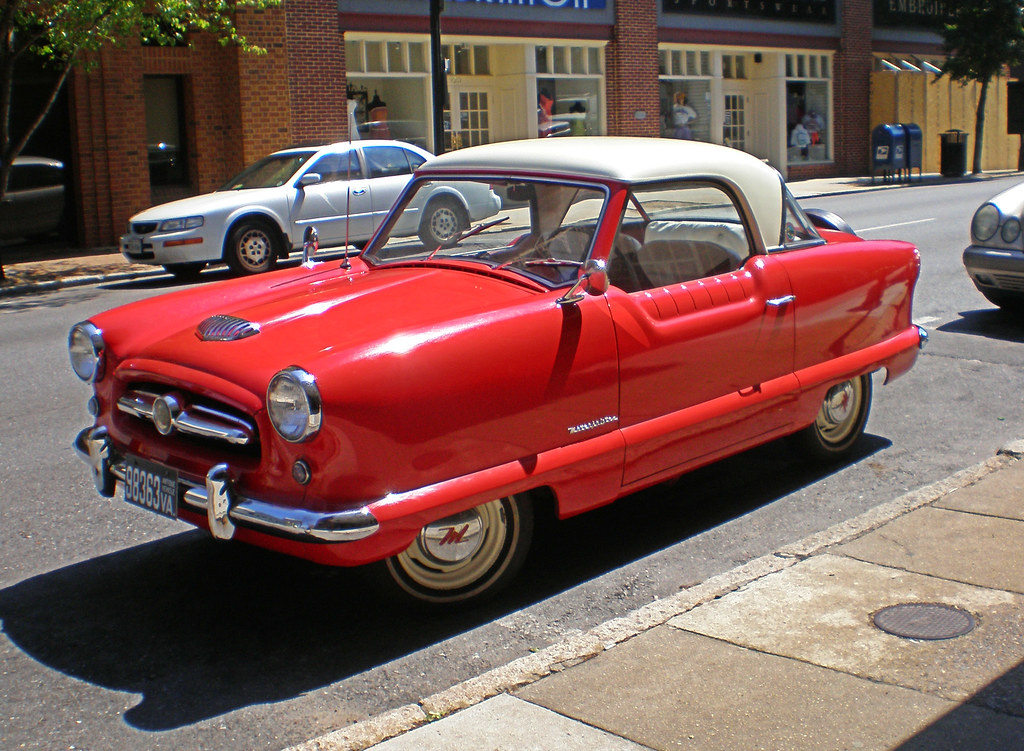
2. **Mastering Online Search Platforms**
In our digitally interconnected era, online marketplaces and specialized archives have become indispensable instruments for anyone embarking on the quest for classic car dealer brochures. The sheer breadth and depth of listings available on global platforms like eBay mean that a diligent and persistent search can frequently uncover items that have been overlooked or miscategorized, sometimes at price points significantly below their actual market value. The aforementioned buyer of the coveted Yamaha YZ250A brochure, operating from “many time zones away,” perfectly exemplifies this, having meticulously “search[ed] for one for years” before his successful bid. This story powerfully underscores the importance of unwavering online vigilance and targeted keyword usage.
Beyond the vast and sometimes chaotic landscape of general marketplaces, the emergence of specialized digital archives marks a transformative development for collectors, offering direct, curated access to immense historical collections. A standout illustration of this is the groundbreaking Ford Heritage Vault, launched specifically to commemorate the Ford Motor Company’s 119th anniversary. This innovative “online database” has effectively “open[ed] up a century worth of archival material to the public,” encompassing the company’s entire history from its inception in 1903 right through to its centennial in 2003. It stands as an unparalleled “treasure trove,” expressly designed for “Ford fans, car enthusiasts, journalists and those keen to take a look back in time” to perhaps their very first car or a significant family vehicle.
The Ford Heritage Vault currently boasts “more than 5,000 curated photographs and product brochures,” all of which are not only fully searchable but also freely “downloadable for personal use,” without any associated cost. Ted Ryan, Ford’s archive and heritage brand manager, emphasized the significance of this initiative, stating, “We’re opening up in a way we’ve never done before,” and notably, “Our archives were established 70 years ago, and for the first time, we’re opening the vault for the public to see.” He further added that this represents “just a first step for all that will come in the future.” This robust, officially sanctioned resource signifies a monumental leap in accessibility, providing a structured and reliable channel for locating authentic original dealer literature, circumventing the inherent uncertainties and competitive nature of auction sites. Such initiatives also powerfully highlight the growing corporate recognition and strategic digitization of automotive heritage.
Read more about: Legends of Asphalt: The Definitive Guide to the American Muscle Car, from the Iconic Pontiac Firebird to the Enduring Chevy Camaro
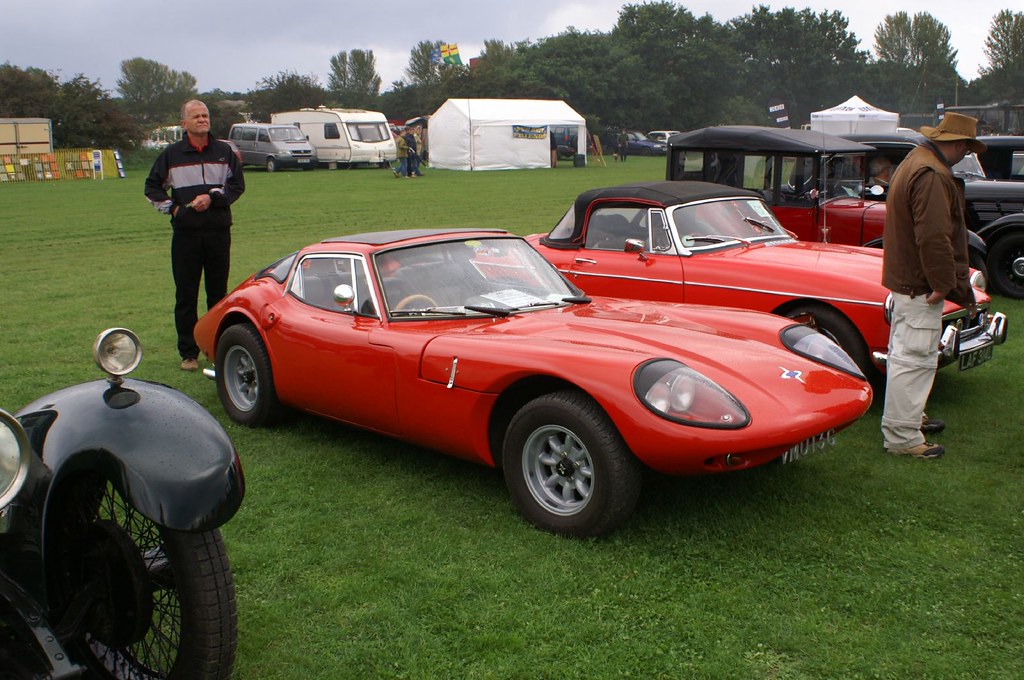
3. **Harnessing the Power of Physical Archives and Dealerships**
While the convenience of online resources is undeniable, the physical realm continues to conceal a wealth of undiscovered material for the truly committed brochure collector. Historically, passionate individuals like Rick Robinson, co-owner of Rally Sport Classics, have always been “really drawn to car dealerships,” not merely to gaze at “brand new cars,” but with the specific intention to “collect showroom brochures.” This direct, proactive engagement with automotive retail environments, particularly with long-established dealerships or those specializing in classic and vintage vehicles, can still unexpectedly yield valuable, forgotten stock. Imagine the sheer excitement of unearthing a pristine, decades-old brochure tucked away in a dusty storage cabinet or a seldom-visited office corner.
The very existence and public availability of the Ford Heritage Vault, despite its digital format, stands as a powerful testament to the critical importance of maintaining and, eventually, making accessible comprehensive physical archives. Ford’s extensive archives, which were originally “established 70 years ago,” represent the deep historical roots from which the digital collection sprang. The monumental digitization project itself involved the “careful[] curat[ion]” of these materials by Ford’s dedicated archives team over a painstaking “past two years.” This process also involved collaborative efforts with “graduate students from Wayne State University’s library and information science program in Detroit, as well as Ford employees and retirees,” who assisted in piloting the Heritage Vault prior to its official launch. This rigorous undertaking underscores that the foundational source for these invaluable digital assets was, at its core, a meticulously organized and preserved physical collection.
Personal anecdotes from seasoned collectors further illuminate the enduring efficacy of engaging directly with the physical presence of dealerships. Steve, an anonymous collector from Sus, recounts how his collecting journey commenced “before I could ride – I started in the early ’70s.” His straightforward yet highly effective strategy involved simply “nip[ping] over to the local dealer, and they’d give me the new ones that had come in.” While many of the original dealerships from that era have long since closed their doors, this historical practice suggests that contemporary classic car specialists, well-curated automotive museums, or even private collectors who once worked within the dealership network, may still possess caches of vintage literature or hold crucial knowledge about where to locate them. Actively fostering relationships within the broader classic car community can frequently unlock access to these less conspicuous, yet potentially profoundly rewarding, avenues of discovery.
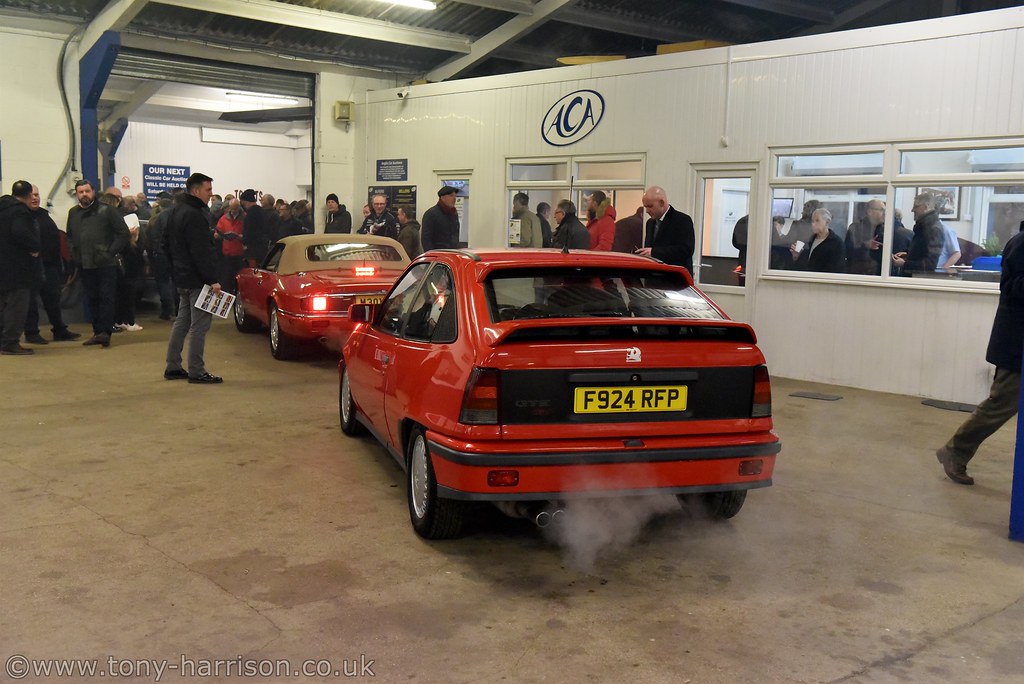
4. **Embracing the Thrill of the “Treasure Hunt”**
The most adept and successful collectors of classic car brochures invariably share a defining characteristic: an insatiable passion for the “treasure hunt” itself. For them, the allure lies not solely in the acquisition of a specific item, but equally in the exhilarating chase, the intricate research, and the profound satisfaction of unearthing a genuine piece of automotive history. Rick Robinson, co-owner of Rally Sport Classics, perfectly embodies this adventurous spirit. His establishment, primarily a showroom for gleaming examples of vintage vehicles, also conspicuously functions as a “museum of pop culture,” lavishly adorned with “eye-catching artifacts” that vividly reflect his “varied fascinations.”
Robinson openly expresses his deep affection for “Canton history, motels, diners, Lincoln Highway, car dealerships,” and proudly asserts his status as “the biggest Ewing Chevrolet collector” in his region, second only to Dave Ewing himself. This expansive approach to collecting, which delves into tangential historical areas well beyond the immediate scope of cars, eloquently speaks to the holistic and immersive nature of the true treasure hunt. His unwavering commitment to “digging in and finding the story behind everything” and his dedication to “keeping that story alive” encapsulates precisely the meticulous, investigative mindset essential for highly effective brochure collecting. It demands connecting seemingly disparate clues, diligently following every lead, and fully immersing oneself in the broader cultural and historical context of the items being sought.
Another prominent collector, known as Andrew, whose vast collection is meticulously protected by an insurance policy valued at “more than £250,000,” encapsulates the global scope of this pursuit. He eloquently characterizes his hobby as “scouring the planet to try to find the most elusive.” His dedication is so profound that he has even “gone so far as making international trips chasing down rumours about the rarest and most elusive” brochures. This exceptional level of commitment, whether it manifests as an arduous overseas journey or simply a persistent, patient exploration of local flea markets, swap meets, and specialized online forums, is absolutely fundamental to discovering those hidden gems that most casual observers would simply overlook. As Karla Robinson perceptively observes about her husband Rick, “We love to treasure hunt, go to swap meets and flea markets,” definitively confirming that these traditional hunting grounds remain incredibly vital and fruitful for the contemporary collector.
Read more about: 15 Underrated Kitchen Gadgets That Are Smart Buys for Home Chefs This Season
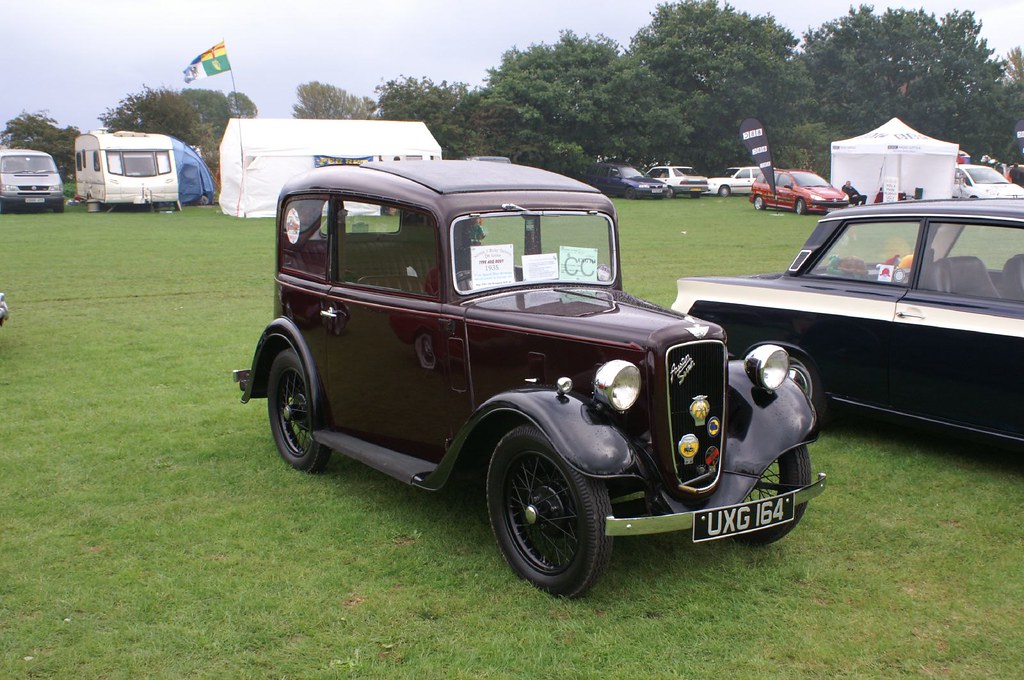
5. **Specializing in Specific Marques and Eras**
While an overarching interest in classic automobiles provides an excellent foundation, seasoned collectors of dealer brochures frequently enhance their success by strategically narrowing their focus to specific marques, individual models, or distinct historical periods. This deliberate specialization cultivates a much deeper and more nuanced understanding of what constitutes rarity, what is relatively common, and, crucially, where to channel limited search resources most efficiently. The broader context clearly indicates that “Brochure collectors are concentrated primarily in only a few countries” and are often united by “a drive to complete their collection, often relating to one bike marque, usually Japanese, sometimes Italian.”
The intense demand for early Yamaha and Kawasaki brochures, for instance, is noted for “provok[ing] the most frantic reactions” among collectors, which is highly indicative of a strong, highly focused collecting niche within those particular communities. Steve, the anonymous collector residing in Sus, openly admits that he initially cultivated his extensive collection around “Japanese bike[s], a Kawasaki,” a choice deeply rooted in his personal aspirations and desires from his formative years. This intrinsic personal connection often serves as a powerful catalyst for specialization, imbuing the hunt with greater personal meaning and leading to a more profound and comprehensive accumulation of knowledge within that specific area of interest.
Furthermore, a deliberate focus on a particular historical era can prove to be exceptionally advantageous. Rick Robinson, for example, largely deals in classic cars originating from “the ’60s, ’70s and ’80s,” explicitly stating, “That’s the era I like to stick with. That’s my wheelhouse. I like to sell what I like.” This strategic emphasis implies that collectors concentrating on these specific decades would find his expertise, insights, and potentially his network, to be extraordinarily valuable. By meticulously understanding the distinctive advertising styles, typical print runs, and characteristic distribution methodologies prevalent during a specific period, collectors can evolve into genuine authorities within their chosen niche, thereby significantly augmenting their prospects of uncovering highly desirable and valuable pieces of period automotive literature.
Read more about: Unveiling the Hammer Prices: What Savvy Collectors Are Paying in the World of Classic Car Auctions
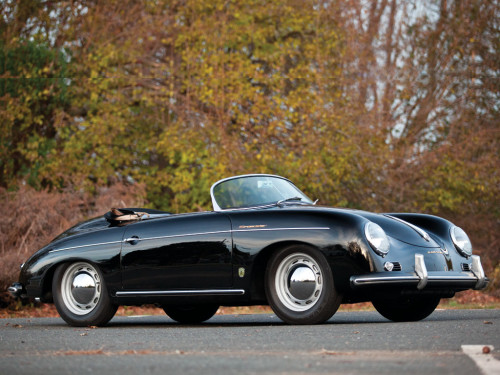
6. **Becoming a Connoisseur of Authenticity**
In any domain involving valuable collectibles, the world of classic car brochures is, regrettably, not immune to the proliferation of reproductions and fakes. For this reason, cultivating an exceptionally keen and discerning eye for authenticity is not merely a desirable attribute, but an absolute prerequisite for any serious collector. The inherently lucrative nature of this specialized hobby means that “some fly-by-night traders will invest in expensive printers to reproduce the rarest of brochures,” thereby creating significant and complex challenges for collectors who are dedicated to acquiring genuine, historically accurate artifacts.
Experienced and long-standing collectors like Steve offer invaluable, hard-won wisdom on this critical aspect. He sagely cautions, “Those of us who know the brochures world can tell when something is not quite right.” This profound level of expertise is typically forged over many years of physically handling countless original items, internalizing their subtle nuances, and becoming intimately familiar with their specific production characteristics. One particularly insightful detail Steve shared illuminates the depth of this knowledge: “We even know what weight they should be: I came across one which weighed two grams more than the original. It was a copy. I was right.” This seemingly minor difference, detectable only by a seasoned expert, proved to be the conclusive identifier of a forgery.
This compelling anecdote profoundly underscores the critical importance of developing a true “connoisseur’s” understanding within your chosen niche. Such mastery demands meticulous research, diligently comparing any potential acquisitions with a robust library of known authentic examples, and, most effectively, actively seeking mentorship and knowledge from seasoned veterans within the collecting community. It requires an acute awareness of paper quality, the precision of print clarity, the fidelity of color reproduction, the integrity of staples or binding, the specific folding patterns, and even the subtle, characteristic scent of appropriately aged paper. Without cultivating this indispensable critical skill, one runs the significant risk of inadvertently investing in cleverly crafted modern fakes rather than acquiring genuine, irreplaceable pieces of automotive history.
Read more about: 15 Underrated Sneakers: Smart Buys for Fashion Enthusiasts in a Hype-Driven Market
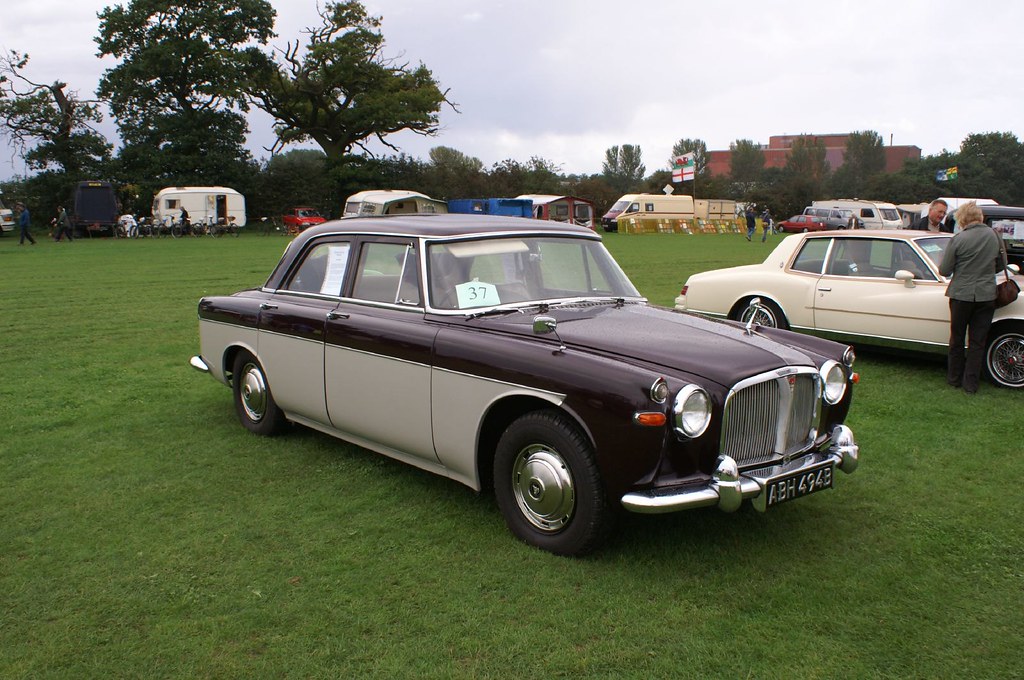
7. **Understanding the Nuances of Market Dynamics and Value Fluctuation**
For many collectors, the pursuit of classic car brochures is not just about finding the items themselves, but also about mastering the intricate dance of the market. Unlike mass-produced items with stable pricing, the value of vintage automotive literature can fluctuate wildly, sometimes without immediate explanation. This dynamic environment requires a keen eye and a deep understanding of what drives desirability.
Dealer Andrew Currie, a long-time observer of this specialized market, has noted instances where identical brochures can fetch vastly different prices, even within a short timeframe. He describes how “one day, says Andrew, a brochure will sell for £10, then an identical one can sell for £75.” This highlights the often-unpredictable nature of online auctions and the varying levels of awareness among both sellers and buyers regarding an item’s true worth. It’s a constant reminder that patience and timing can be just as crucial as the initial act of discovery.
The market’s sensitivity to demand is also evident in how certain events can spark increased activity. Andrew Currie observed that “lockdown has been his busiest period for ten years,” suggesting that periods of increased leisure or introspection can drive enthusiasts to complete their collections. He further clarifies that “people are buying ’70s, ’80s and ’90s bikes – and then looking for the brochures to go with them,” directly connecting the classic vehicle market to the brochure market. This interplay means that collectors must stay abreast of both trends to effectively navigate the landscape and make informed acquisition decisions.
Read more about: 2025 Self-Parking Systems: An In-Depth Consumer Reports Analysis of Real-World Safety and Reliability
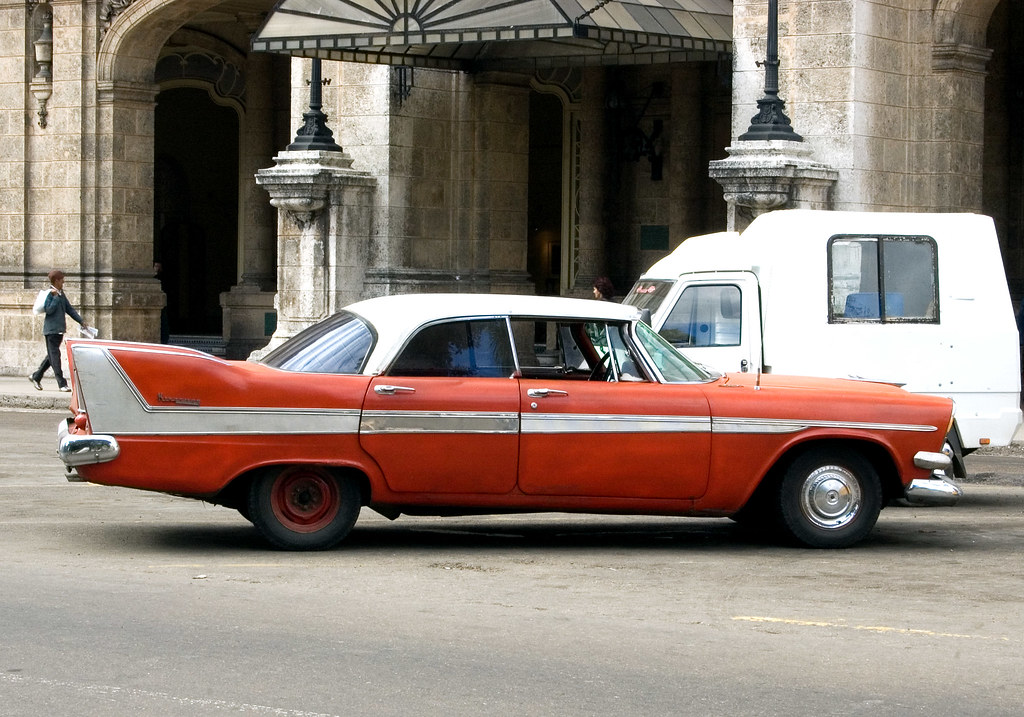
8. **The Relentless Pursuit of “Holy Grail” Brochures**
Every dedicated collector dreams of finding their “holy grail” – that singularly elusive item that transcends mere rarity to become a legendary piece. In the world of classic car and motorcycle brochures, these are the items that ignite “frantic reactions” and command extraordinary prices. The infamous 1974 Yamaha YZ250A motocross bike brochure, featuring a bike “jumping across a blue sky background,” is a prime example, universally regarded as “the holy grail amongst collectors.” Its sale for “nearly £450” for just two brochures underscored its mythical status and the fervent desire of enthusiasts worldwide.
The pursuit of such legendary items often involves an unparalleled level of dedication. Andrew, the anonymous collector whose vast collection is insured for over £250,000, embodies this spirit when he characterizes his hobby as “scouring the planet to try to find the most elusive.” His commitment is so profound that he has “gone so far as making international trips chasing down rumours about the rarest and most elusive” brochures. These are the pieces that “haven’t appeared on the market for a decade or more,” and some are even shrouded in “rumour,” like the Kawasaki four-cylinder prototype bike brochure that may or may not exist.
Indeed, the market for these ultimate rarities operates outside conventional channels. As Steve from Sus points out, “The really rare ones don’t go on eBay.” This means the hunt often requires deep connections within the collecting community, a willingness to follow obscure leads, and sometimes, a hefty budget. The £1,200 paid for one of the Japanese Honda CB750-4 brochures stands as a stark testament to the lengths collectors will go to secure these historically significant, often breathtakingly beautiful, pieces of print history. Identifying these “holy grail” items is a crucial step in understanding the pinnacle of brochure collecting.
Read more about: Beyond the Legends: Unearthing 12 Special-Edition Muscle Cars That Demand Recognition
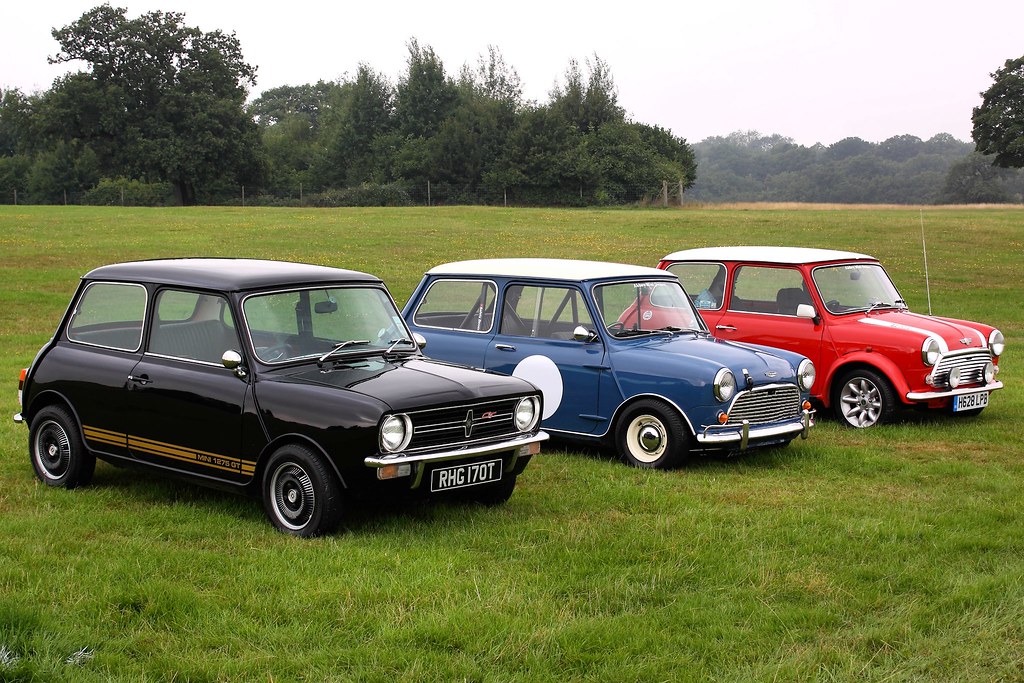
9. **Connecting Documentation to Vehicle Ownership: Enhancing a Classic’s Appeal**
Beyond the intrinsic value of the brochure itself, these vintage documents play a crucial role in enhancing the overall appeal and perceived value of a classic car or motorcycle. For many owners, possessing the original dealer brochure that accompanied their cherished vehicle adds a layer of authenticity and completeness that is highly desirable. Andrew Currie articulates this perfectly, noting that “adding a brochure to the pack of documents that go with it can make a bike more attractive to a buyer – it makes it look more cared-for.” This isn’t just about monetary gain; it’s about the narrative, the history, and the emotional connection to the vehicle’s past.
Imagine the excitement of Chris France, for example, as he scrolled through Facebook Marketplace, searching for a 1990s convertible. While he was considering models like a Dodge Shadow or a LeBaron, his heart clearly held a soft spot for Pontiac Sunbirds and Cavaliers. The story of finding a “quadruple-white Sunbird” with “low-mileage” resonated deeply with him, especially when the seller recounted how “his dad bought it new and only took it out on nice days with his wife, who always wore her bonnet.” Such personal histories, often glimpsed through anecdotes and reinforced by original documentation, breathe life into an otherwise inanimate object.
Having the period-correct brochure for a classic car allows an owner to showcase not just the vehicle, but also the context in which it was originally presented to the public. It’s a tangible link to the sales experience, the dreams it inspired, and the technological marvels it represented in its day. This comprehensive approach to ownership, where the literature is as valued as the vehicle itself, elevates the entire experience, transforming a simple purchase into a curated collection. For a potential buyer, seeing a meticulously preserved brochure alongside the car signals a level of dedication and care that speaks volumes about the vehicle’s provenance.
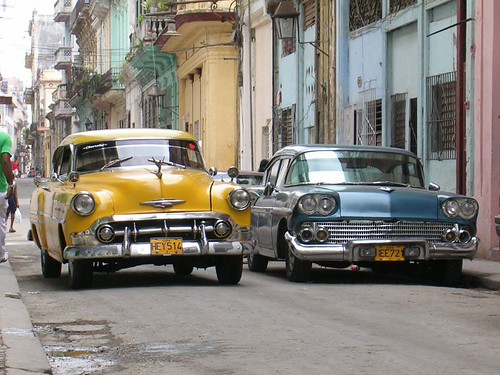
10. **Cultivating Connections: Networking with Fellow Enthusiasts**
The world of rare classic car brochure collecting, while occasionally appearing “exclusive, even secretive,” thrives on connections and shared passion among enthusiasts. For those seeking the truly elusive items that “don’t go on eBay,” building a robust network of fellow collectors, dealers, and automotive historians is paramount. The anonymity sought by prominent collectors like Steve and Andrew underscores the competitive yet interconnected nature of this specialized hobby, where information about rare finds is often shared within trusted circles rather than openly broadcast.
Rick Robinson, co-owner of Rally Sport Classics, provides a valuable perspective on the origins of such networks. His recollection of “nip[ping] over to the local dealer” in the early ’70s to “get the new ones that had come in” illustrates a fundamental, direct form of networking that was once common. While times have changed, the spirit of direct engagement with those in the automotive retail or restoration business remains a potent strategy. Establishing relationships with classic car specialists, attending swap meets and flea markets, and participating in online forums can uncover leads that algorithms simply cannot.
Ultimately, the quest for truly rare brochures often becomes a collaborative, albeit sometimes competitive, endeavor. It’s about more than just transactional exchanges; it’s about fostering a community where knowledge is shared, rumors are vetted, and connections are made that can lead to unexpected discoveries. The idea that for many items, “it’s probably just three or four people who are collectors or looking to fill out that document wallet” highlights the niche nature of the market and the importance of knowing those few key individuals who share your very specific interests. Building these relationships is not merely a strategy; it’s an immersion into the very fabric of the collecting world.
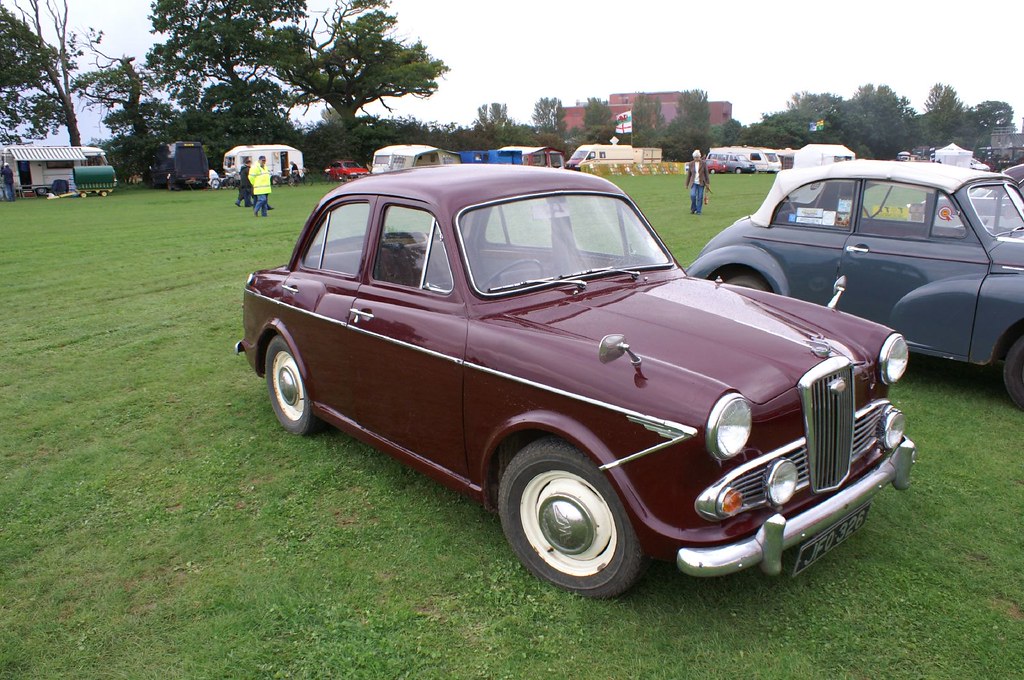
11. **Deciphering Iconic Advertising: Beyond the Car Itself**
Original dealer brochures are far more than mere specification sheets; they are cultural artifacts that capture the advertising aesthetics and design sensibilities of their era. For the discerning collector, understanding and appreciating these visual languages adds another rich layer to the hobby. Take, for instance, the peculiar yet captivating phenomenon of the “floating glove” in mid-century car advertising. This distinctive visual symbol, appearing in brochures from the 1930s to the 1960s, served to “point out important things in illustrations, just in an especially oddly elegant yet ghostly way.”
Examples abound in the context, such as Renault’s 4CV brochure, where a floating glove checks the oil or even shifts gears, demonstrating its versatility beyond a simple pointer. The 1957 Opel brochure takes this to another level, introducing a pair of “slender fingers and glittering jewelry” making a “strange gesture,” almost an enigma within the ad itself. These gloves “can be found dancing all over the copy,” sometimes pointing, sometimes seemingly counting, or even “caressing that rear window.” Such detailed analysis of advertising iconography transforms the brochure into a historical document of marketing strategy and artistic expression.
Furthermore, these brochures showcase the era’s automotive design philosophy not just through the car itself, but through the presentation. The 1957 Opel Kapitan dash design, highlighted for its “winged-shape motif” echoed in the steering wheel and radio, illustrates how brochures meticulously framed a vehicle’s aesthetic innovations. While the hypothetical lady in the brochure might give a “devastating look” if one’s focus drifts to the gloves, for collectors, appreciating these nuanced design elements – both of the car and the brochure itself – is crucial to understanding the full cultural impact and ingenuity of vintage automotive marketing. It’s about peeling back the layers of design to grasp the story they told to a nascent generation of drivers.
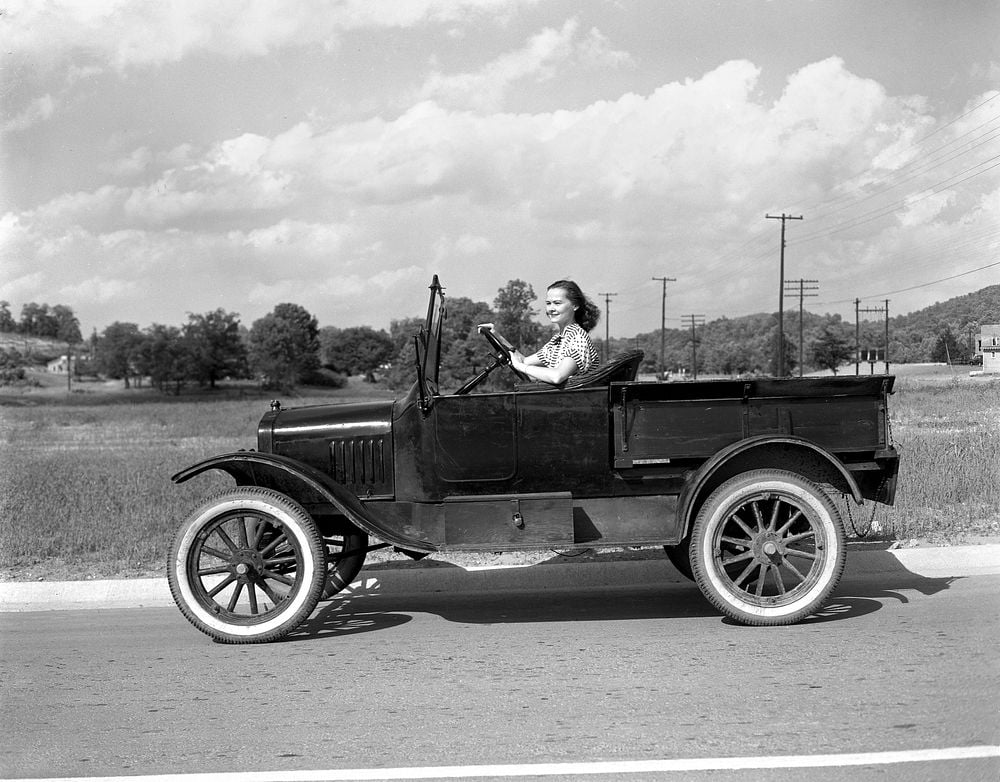
12. **The Enduring Appeal of Tangible Automotive Heritage**
In an age where everything from classic car images to their specifications is readily available at our fingertips, the profound satisfaction of holding an original dealer brochure remains undiminished. It echoes the sentiment that “in a world increasingly dominated by digital interactions… there’s a distinct and almost primal satisfaction derived from holding a piece of history in your hands.” These physical artifacts offer a tangible connection to the past that digital files, however comprehensive, simply cannot replicate. They are “time capsules” that allow enthusiasts to step back into the era when these magnificent machines first captivated the public imagination.
The tactile experience of turning a page, feeling the texture of the paper, and observing the print quality of a brochure from decades past engages senses that modern digital viewing cannot. It’s a direct link to the original presentation, conveying not just information but also the prevailing design aesthetics, marketing aspirations, and the very feel of the automotive world as it once was. This enduring appeal is precisely why these pieces, sometimes “tucked away in a box in the loft or garage for decades,” can ignite international bidding wars and become cherished possessions. Their physical presence grounds the digital experience, offering a solid, verifiable piece of history.
Read more about: Beyond the Garage: A Deep Dive into the Thriving World of Car Clubs and Automotive Communities
Ultimately, the quest for original dealer brochures is an acknowledgment of the inherent value in physical heritage. It’s about preserving the stories, the artistry, and the initial public face of vehicles that have become icons. Whether it’s to complete a meticulously restored classic, to own a tangible piece of automotive history, or simply to indulge a passion for “digging in and finding the story behind everything,” the physical brochure stands as a testament to an era gone by. It reminds us that some treasures are best held in hand, connecting us directly to the legacy of automotive innovation and design.



